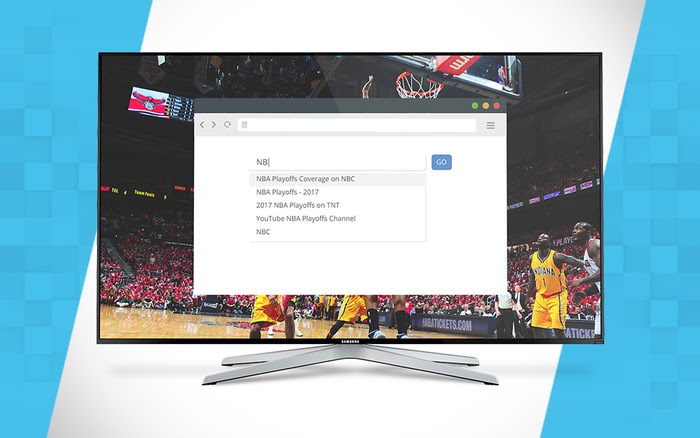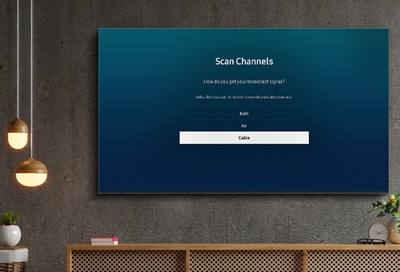The Basic Principles Of Apollo Group Tv
The Basic Principles Of Apollo Group Tv
Blog Article
A Biased View of Apollo Group Tv
Table of Contents8 Simple Techniques For Apollo Group TvThe Facts About Apollo Group Tv UncoveredThe Ultimate Guide To Apollo Group TvApollo Group Tv Things To Know Before You Buy
In this scenario, instead of having three-minute industrial areas throughout a 30-minute tv program, TV programming may transform to one where a consumer will be called for to have a regular monthly registration, so that they cen view targeted banner ads. This sort of advertising and marketing already takes place on the internet, and the amount of information tv companies gather permits them to do much the same.Define the major patterns among the broadcasting and cable television networks. Popular radio reveals such as police drama Dragnet and western cowboy collection Gunsmoke were adapted for tv, and new Television shows were sponsored by solitary advertisers, just as radio shows had been.
Today, the tv market is much much more complicated. Programs are funded by multiple marketers; programs is controlled by major media conglomerates; and the three significant networks no more dominate the airwaves yet instead share their viewers with numerous cable networks. A number of factors make up these patterns within the industry, including technological growths, federal government guidelines, and the creation of brand-new networks.

A Biased View of Apollo Group Tv
Developed in 1969, (PBS) established out of a report by the Carnegie Commission on Educational Television, which examined the role of instructional, noncommercial television on society. Public television was also meant to give universal access to tv for audiences in country areas or customers who might not manage to pay for exclusive tv solutions.
The period between 1950 and 1970 is traditionally identified as the. Apart from a tiny part of airtime controlled by public television, the three significant networks (called the Big Three) dominated the television sector, collectively accounting for more than 95 percent of prime-time viewing. In 1986, Rupert Murdoch, the head of multinational business Information Corp, released the Fox network, testing the dominance of the Big 3.
Targeting young and minority target markets with programs such as Buffy the Vampire Slayer, Moesha, Dawson's Creek, and The Wayans Bros., the brand-new networks wished to attract terminals away from their old network associations. However, rather than repeating the success of Fox, UPN and WB had a hard time to make an effect. Unable to attract numerous affiliate stations, the two this new networks reached less homes than their bigger opponents since they were unobtainable in some smaller cities.
This choice led the way for the growth of cable motion picture channels, adding to the exponential development of wire in the 1980s and 1990s. apollo group tv. Additional deregulation of cable television in the 1984 Cord Communications Policy Act got rid of constraints on cable television rates, allowing drivers to bill what they wanted for wire solutions as long as there was effective competitors to the service (a requirement that over 90 percent of all cord markets could meet)
The Apollo Group Tv Diaries

Having produced the first "superstation," Turner expanded his world by establishing 24-hour news network CNN in 1980. At the end of the year, 28 national shows solutions were readily available, and the cable revolution had started. Over the following years, the market undertook a duration of fast growth and appeal, and by 1994 customers can pick from 94 basic and 20 premium cord solutions.
Figure 9 - https://www.domestika.org/en/apollogtv01.16 Boosted competitors from cord channels has actually triggered a stable decline in the networks' target market scores. Throughout the 1950s, the price of generating a single tv show raised as programs came to be much longer and production costs rose. Sponsorship on network television changed from single sponsorship, in which a program was completely supported and generated by one advertiser, to multiple sponsorship, in which marketers bought 1- or 2-minute places on the show
Select one of the Big Four networks and print out its regular shows routine. Watch the network's prime-time programs over the training course of a week, noting the target demographic for each show.
5 Simple Techniques For Apollo Group Tv

Linear Television, often referred to as traditional broadcast TV, includes cable television and satellite tv., believe of it as the classic method of viewing TV that has been around for years.
Report this page